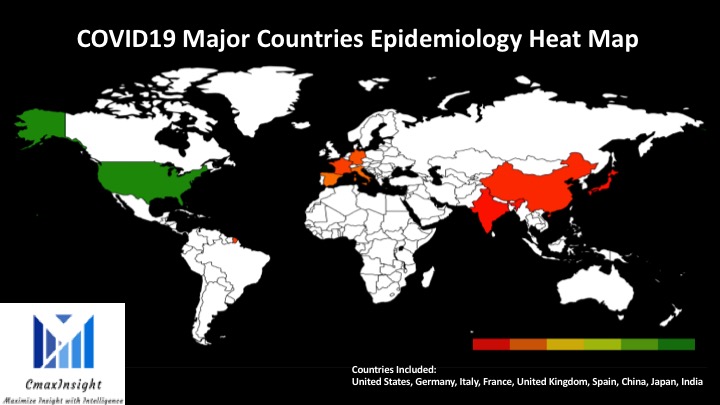
Sickle Cell Disease (SCD) is a rare blood disorder that affects the hemoglobin involved in delivers oxygen to cells throughout the body. It is inherited in an autosomal recessive trait in which both copies of the genes present in each cell have mutations. The parents of an individual with an autosomal recessive condition comprised of one copy of the mutated gene, and do not show signs and symptoms of the condition. The atypical hemoglobin molecules called hemoglobin S are present among the patients. Sickle cell disease is characterized by the presence of sickle or crescent-shaped, red blood cells in the bloodstream. Sickle Cell Disease occurred due to the mutations in the hemoglobin beta (HBB) gene.
Sickle Cell Disease Epidemiology Insights
- The United States accounts for the highest prevalent cases of Sickle cell disease followed by the EU5 countries (France, Germany, Spain, Italy, and the United States), and Japan
- According to the Centers for Disease Control and Prevention (CDC), Sickle Cell Disease affects approximately 100,000 Americans
- Sickle Cell Disease occurs among about 1 out of every 365 Black or African-American births
- Sickle Cell Disease occurs among about 1 out of every 16,300 Hispanic-American births
- Approximately, 1 in 13 Black or African-American babies is born with sickle cell trait (SCT).
- The mutations in the HBB gene are common in people from African, Mediterranean, Middle Eastern, and Indian ancestry and in people from the Caribbean and parts of Central and South America, but can be found in people of any ethnicity



